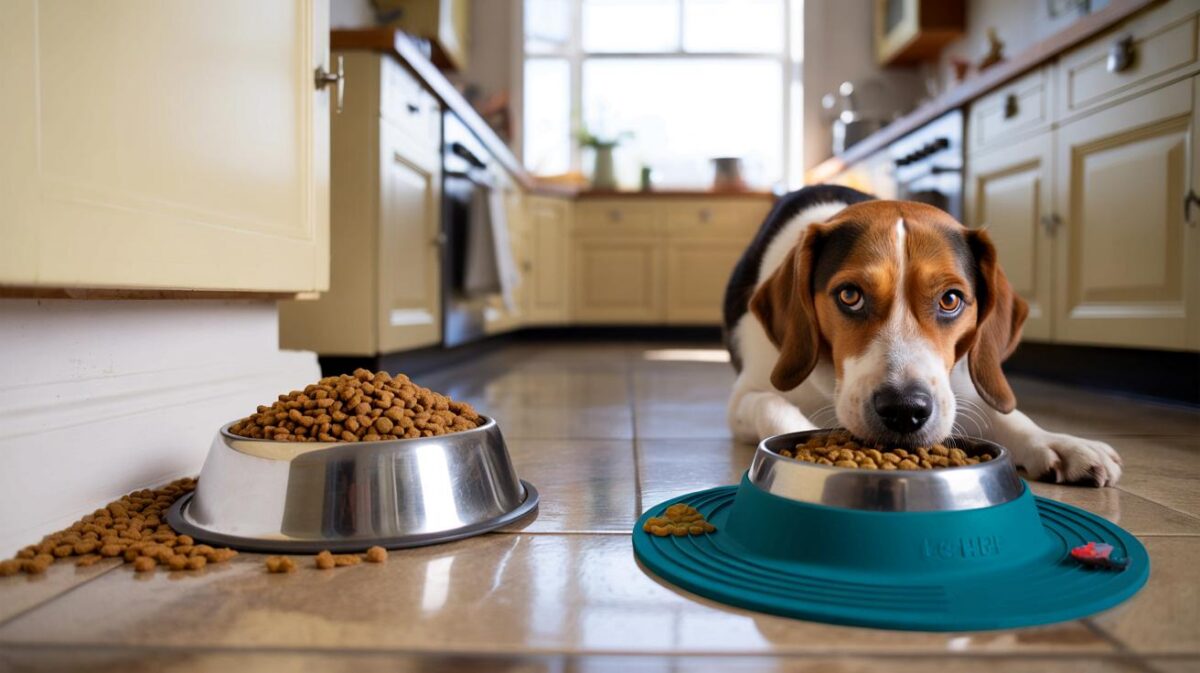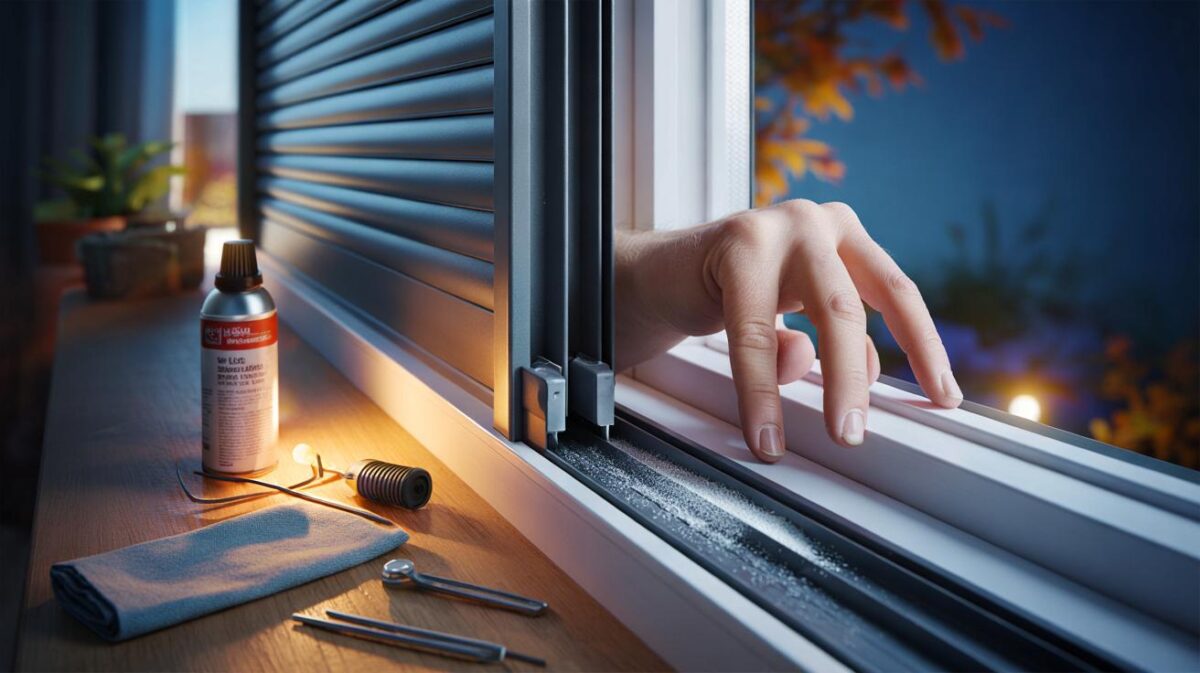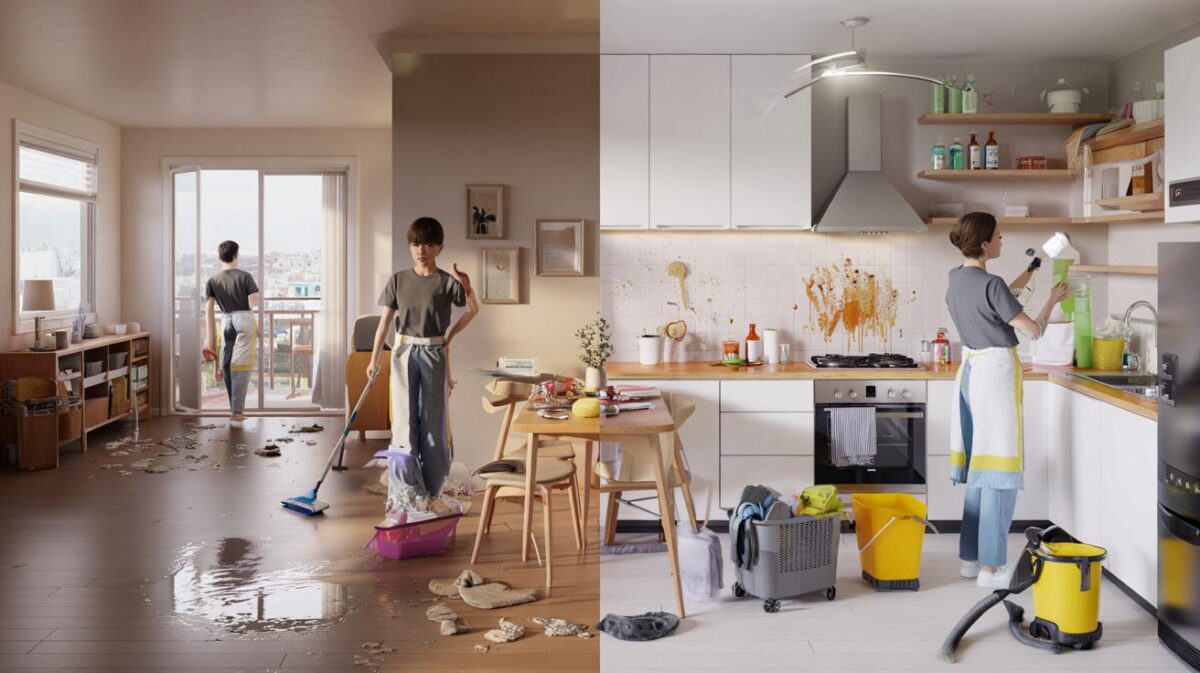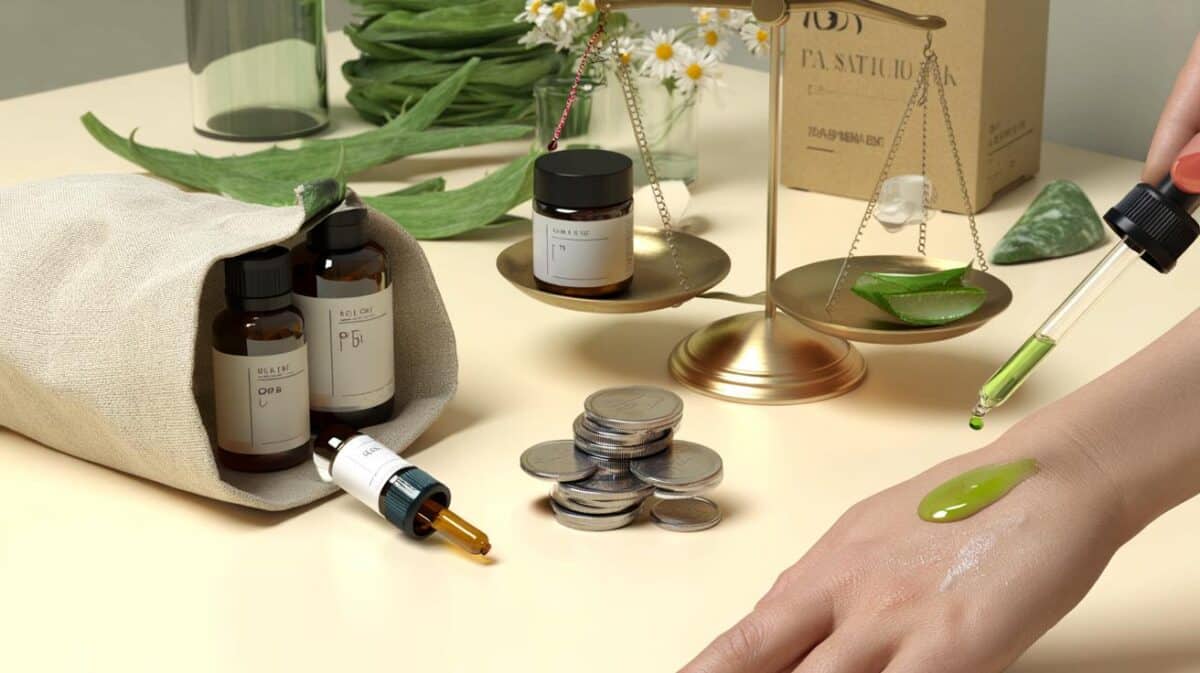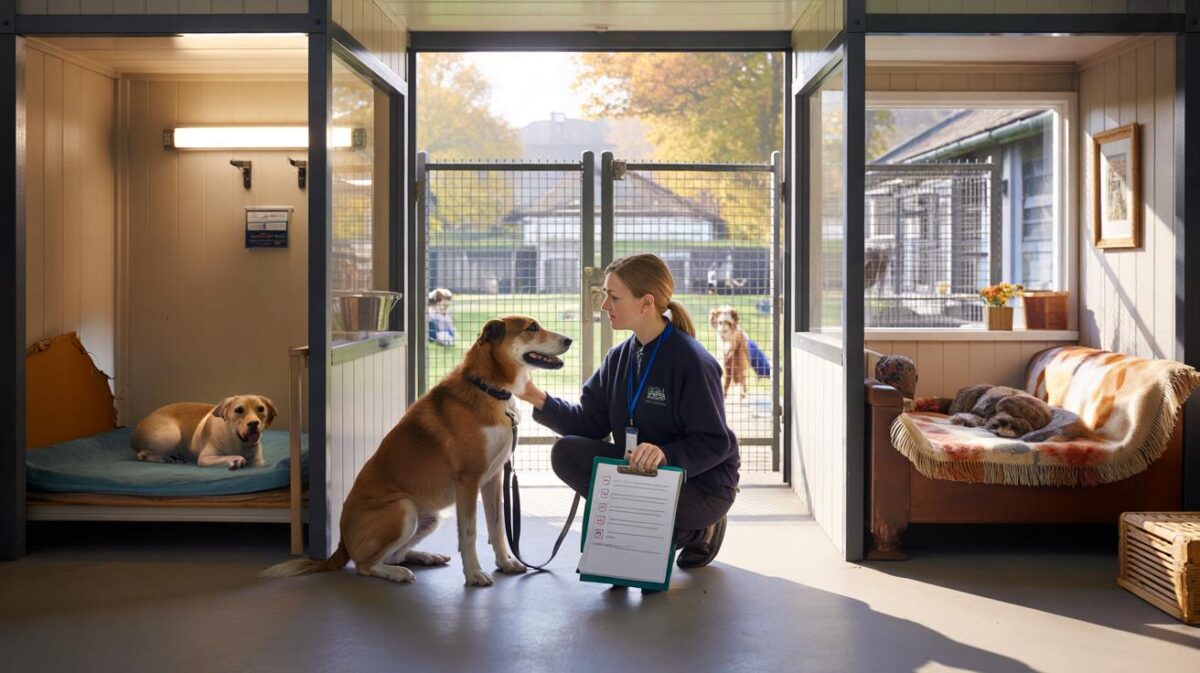Owners notice fur tangles and weight shifts. Teeth get less attention. Adult tooth loss seldom arrives overnight. It follows months of silent inflammation, mineral crusts and chewing pain that cats mask with remarkable stoicism.
What’s really behind adult teeth falling out
By three years old, many cats show signs of periodontal disease. Plaque hardens into tartar. Gums redden and recede. Ligaments loosen. Teeth wobble and, in time, drop. Another common culprit is tooth resorption, where the tooth dissolves from the inside out. Stomatitis, fractured fangs and mouth tumours add to the risk list. Any lost tooth in an adult cat points to disease until a professional rules otherwise.
If your adult cat loses a tooth, treat it as urgent dental disease until a vet says otherwise.
Because cats hide discomfort, your first clue may be subtle. A tilt of the head. An abandoned kibble. A changed grooming routine. You need a plan that catches those whispers early and stops the slide to extractions.
Four mistakes to avoid right now
1. Ignoring whisper-quiet warning signs
Cats rarely cry out. They adapt. That adaptation tricks owners into waiting. Delay lets bacteria invade deeper tissues and even the bloodstream.
- Watch meals from start to finish. Note side-chewing, food dropping or sudden fussy behaviour.
- Lift the lip weekly. Look for angry red gum lines, grey tartar rims and chipped tips.
- Smell the breath. Rotting, metallic or sour odours often mean infection.
| Sign you notice | What it may signal | What to do next |
|---|---|---|
| Refusing dry food, eating only jelly or gravy | Gingivitis, loose teeth, mouth pain | Book a dental check within 7 days; offer softer textures temporarily |
| Drooling, especially tinged with blood | Ulcers, resorptive lesions, trauma | Arrange prompt vet assessment; keep the mouth cool and clean water available |
| Head tilt, pawing at the face, halting mid-meal | Tooth fracture, root abscess | Seek same-week appointment; avoid hard chews and bones |
| One tooth missing, cat still eating | Advanced periodontal disease or resorption | Treat as urgent; ask about full-mouth X-rays under anaesthesia |
A cat that eats “as normal” can still carry advanced dental disease. Appetite is a poor pain gauge.
2. Believing hard kibble scrubs teeth clean
The myth sounds convenient: crunchy equals clean. In reality, many kibble pieces shatter on the crown and never rub the gumline, where bacteria thrive. Overly hard biscuits and bones add risk. They can microfracture enamel and expose pulp. That path ends in abscesses and extractions.
Texture should follow the mouth, not the marketing. Some dental diets use fibre matrices that shear plaque. Others do not. Soft food does not doom teeth either; poor hygiene does. What matters is a matched plan: a vet-endorsed diet, measured portions, and a cleaning routine that reaches the sore spots you cannot see.
- Avoid antlers, cooked bones and hardened chews billed for dogs.
- Rotate textures: pâté, morsels, and approved dental kibble can coexist.
- Change slowly over 5–7 days to protect the gut and track any flare-ups.
3. Skipping brushing because “cats won’t allow it”
Most will, if you train in tiny steps. Brushing controls plaque at the gumline, the zone that matters. Few minutes each week beat hours of surgery later.
- Week 1: touch the cheeks and lift the lip for two seconds; reward with play or a lick treat.
- Week 2: rub the outer teeth with a finger wrapped in gauze; no toothpaste yet.
- Week 3: introduce cat toothpaste; never use human paste.
- Week 4: use a finger brush or small cat brush; focus on upper canines and molars.
- Keep sessions under 30 seconds; stop while it feels easy.
Add mouth gels, water additives and dental treats if your vet approves. They help, but none replaces mechanical plaque removal.
Two to three short brushes per week can cut plaque meaningfully in typical adult cats.
4. Waiting for pain to pass instead of booking the vet
Pain rarely fades without care. Infection spreads. Quality of life drops. Early intervention is cheaper and kinder.
- Schedule a dental check at least once a year; twice for seniors or cats with prior disease.
- Ask about dental X-rays; many lesions hide below the gumline.
- Agree a written plan: cleaning, extractions if needed, pain relief and follow-up.
Costs vary by region and complexity. A scale and polish under anaesthesia can sit in the low hundreds of pounds. Complex extractions and full-mouth imaging can reach several hundred more. Pet insurance often helps if the policy covers dental treatment linked to illness. Delaying often increases the final bill because more teeth fail.
Build a realistic home routine
You do not need a lab kit. You need rhythm and records. Combine small checks with habits you already have.
- Sunday: quick lip lift, breath check, treat for calm cooperation.
- Tuesday and Friday: 30-second brush on outer surfaces only.
- Daily: fresh water, measured meals, no scavenged bones.
- Monthly: weigh your cat; weight dips can signal oral pain.
- Quarterly: note photos of the gumline under the canine teeth to spot change.
Choose toys that flex and clean without cracking teeth. Rubber chew sticks for cats, fabric wands and puzzle feeders keep the jaw moving without force. Avoid string and hard plastic unless supervised.
How to judge urgency and act this week
Use a simple rule: red gums plus smell equals rapid appointment. Add drool or a broken tooth and you should call today. If your cat loses a tooth, save it if found, but do not try to reinsert it. Offer soft food and water. Keep the mouth free of gels until a vet examines the area.
Medication needs vet guidance. Do not give human painkillers, especially paracetamol or ibuprofen. Ask your vet about safe analgesia and anti-inflammatories tailored to the diagnosis and your cat’s kidneys, liver and age.
Extra context that helps you plan
Tooth resorption affects many middle‑aged cats. The outer enamel erodes and nerves fire. Cats lick their lips and stop mid-chew. These lesions often sit below the gumline, so X-rays make the difference. Extraction may be the pain-free route. Brushing does not prevent resorption, but it reduces secondary infection and soreness.
Periodontal disease builds where toothbrushes don’t reach. Focus on the upper jaw back teeth. The tongue scrapes inner surfaces better than you can, so clean the outer faces. If your cat refuses brushing, stack smaller aids: dental diets with proven fibre designs, daily water additives, and a mouth gel applied with a cotton bud along the gum margin.
A seasonal nudge for British households
Autumn brings cosy routines and fewer daylight checks. Use that shift. Add a weekly “mouth minute” before the heating clicks on. Set calendar reminders. Photograph the canines under the same light monthly. You will spot subtle gum changes before pain robs your cat of another tooth.
If you manage more than half of this plan, you change outcomes. You catch trouble earlier. You cut anaesthetic time. You save money. Most of all, you give your cat a comfortable bite for years, whether they are three, seven or twelve and counting.




